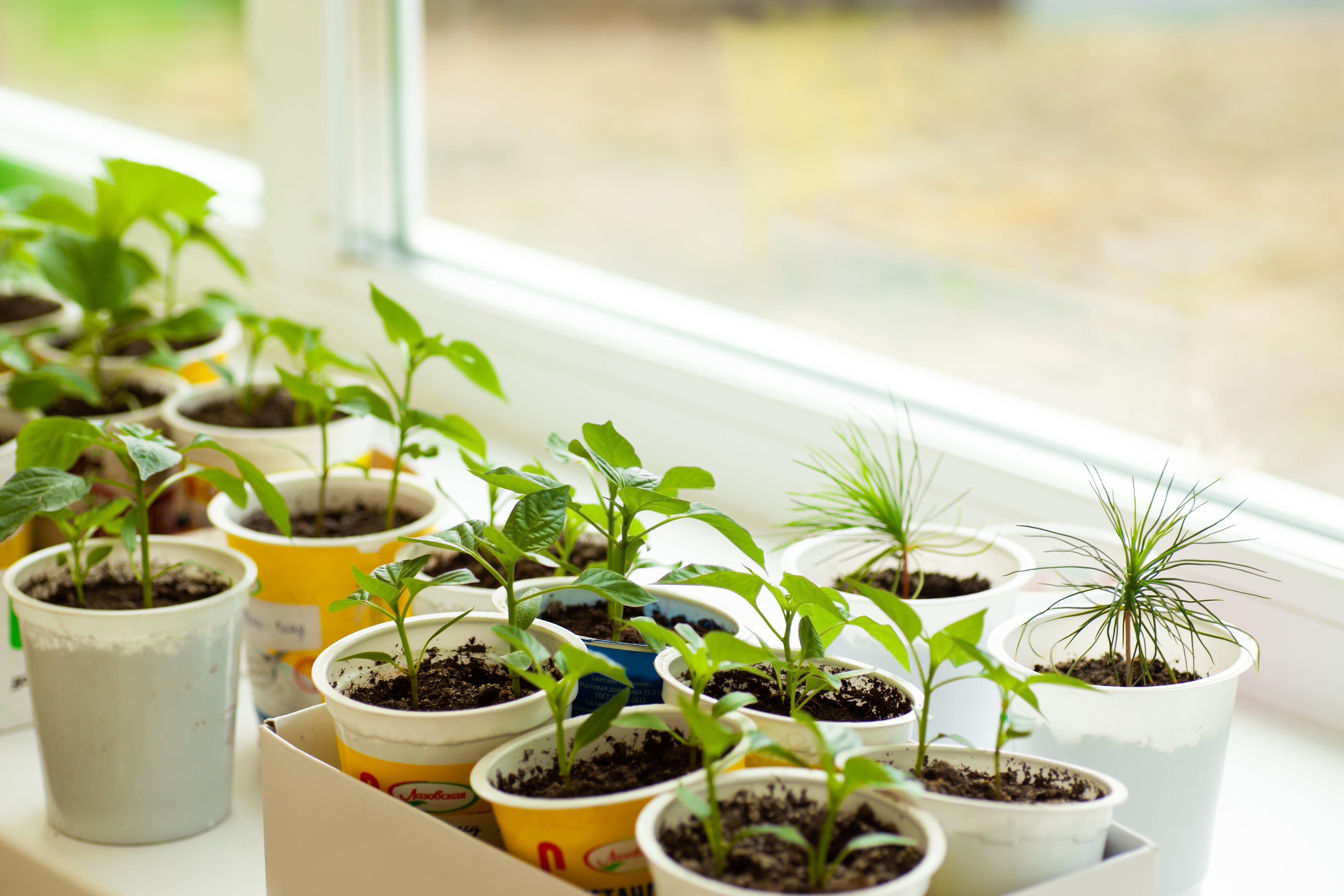Best Place To Start Seeds Indoors - Warm And Sunny Spots To Start Seeds


Spring is nearing in most regions, and it's time to start planning a seed starting setup. Not every plant has the same requirements, but these can usually be found on the seed packet. For earlier plants, choosing where to start seeds indoors can be a crucial part of successful plant growth. Every home interior is different. Therefore, picking an optimum location and possibly adding enhancements, such as plant lights and soil germination mats, may increase the chances of success.
Where to Start Seeds Indoors
Gardeners with the luxury of a heated greenhouse are way ahead of many other plant growers. Germinating seeds indoors is often the only option, especially for northern gardeners. All the items necessary to start seed inside can be found online, at nurseries, or big box stores. They are fairly inexpensive and often reusable. You may also create your own seed starting set up by saving egg cartons as flats, mixing your own seed starter medium, and using seed saved from the previous year's harvest. The process doesn't have to be fancy, but selecting the right location is an important component.
How to Start Seeds Indoors
Choose a site where there are no cold drafts, and yet also not right near heaters which dry soil too quickly. The optimum germination temperature for most seeds is 70-75 Fahrenheit (21-24 Celsius). A soil warming mat can provide proper temperatures in homes that are too cool.
Many seeds need light to germinate, but most do not. However, once germination has commenced, the little plants will need light to photosynthesize. Indirect, but bright light provides the best conditions. Avoid placing flats in hot, southern windows, as the plants will get leggy and dry out. Plant lights are a good option to moderate light.
Basic Seed Starting
The best way to start seeds is to keep it simple. The core items needed are:
- Flats
- Seed starter mix or peat disks
- Water
- Clear lid
Things can get fancier with heat mats, mini greenhouses, plant lights, and other accoutrements, but aren't really necessary. Check the time to plant outdoors on the seed packet to determine when to start plants. Some plants are easier to grow than others, but most vegetables are easy to start indoors.
Plant seed at the depth recommended on the seed packet in pre-moistened soil. Cover with a lid or even plastic wrap and keep the flat in a warm location. Keep the soil moist and let it breathe for a bit each day to avoid damping off. Once the seedlings are evident, move the flat to a bright location with protection from searing sun. Harden off your seedlings and plant them after all danger of frost has passed in your zone.
Sign up for the Gardening Know How newsletter today and receive a free copy of our e-book "How to Grow Delicious Tomatoes".

Bonnie Grant is a professional landscaper with a Certification in Urban Gardening. She has been gardening and writing for 15 years. A former professional chef, she has a passion for edible landscaping.